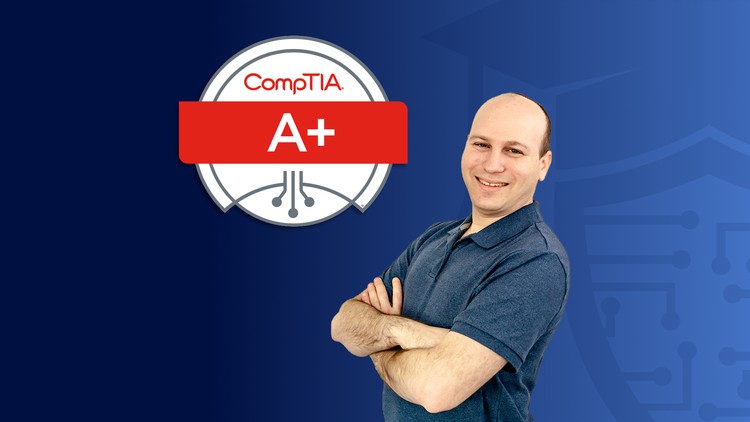در حال حاضر محصولی در سبد خرید شما وجود ندارد.

Pass the CompTIA A+ (220-1102) Core 2 exam with help from a top expert in the field!
در این روش نیاز به افزودن محصول به سبد خرید و تکمیل اطلاعات نیست و شما پس از وارد کردن ایمیل خود و طی کردن مراحل پرداخت لینک های دریافت محصولات را در ایمیل خود دریافت خواهید کرد.


AKYLADE Certified Cyber Resilience Fundamentals (A/CCRF)

Introduction to Project Management with PRINCE2

Passing Certification Exams with Strategic Test Taking!

CompTIA Security+ (SY0-701) Complete Course & Exam

ISC2 CISSP Full Course & Practice Exam

CompTIA Cloud Essentials+ (CL0-002) Complete Course & Exam

Implementing the NIST Risk Management Framework (RMF)

CompTIA Security+ (SY0-601) Complete Course & Exam

LPI Linux Essentials (010-160) Complete Course and Exams

SAP S/4 HANA Foundations – Intermediate Reporting Skills
✨ تا ۷۰% تخفیف با شارژ کیف پول 🎁
مشاهده پلن ها